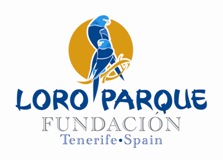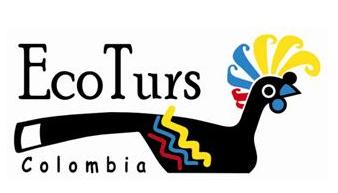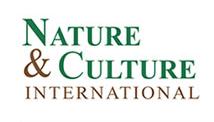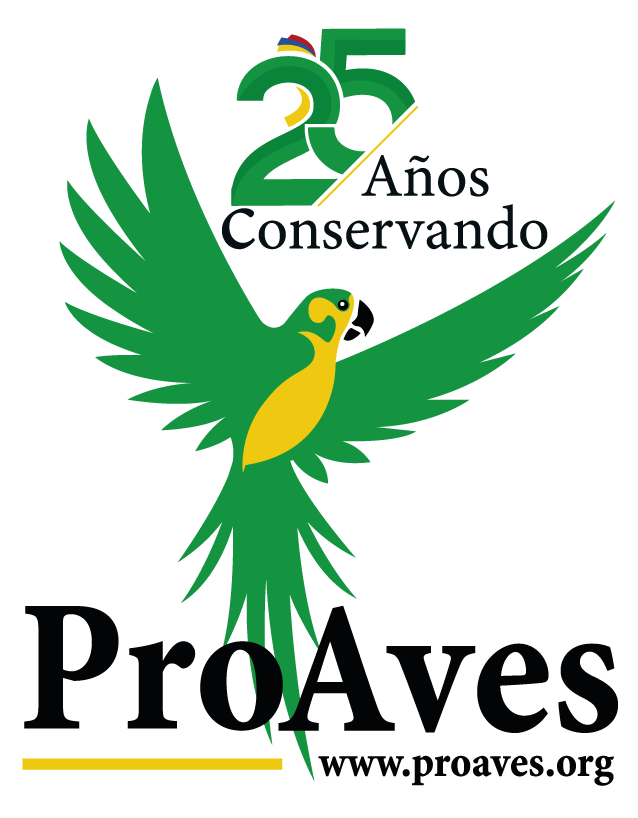The camera traps have become an important tool since their development in early 1980s to monitor cryptic species with low densities which are naturally difficult to observe. In addition, this technique allows us to cover a wide range of environments that other methodologies do not permit.
Camera traps serve multiple purposes such as identifying individual species to the assessment of population size and information about various aspects of a species ecology and behavior. The use of camera traps is one of the most important and versatile methodologies for conservation biology and wildlife studies.
With this tool you can identify and confirm the presence of species that are difficult to recognize by their tracks or other evidence and allow for studies of behavior, activity patterns, population estimates, among others.
[slickr-flickr search=”sets” set=”72157627196550944″ items=”20″ type=”gallery”]
The uses of camera traps are:
• To record medium and large animals which are naturally shy and difficult to observe, to estimate the number of individuals within an area using the photo capture-recapture of individuals and It is also useful to determine patterns of temporal and spatial movement.
• Photos with time/date to measure days or blocks of days as sampling events.
• Presence of species difficult to observe via nocturnal and elusive behavior.
• Allow to evaluate the quality of the ecosystem with the identification of certain apex species.
• Habitat preference data, forming groups, identification of land, identification of individuals.
• Surveillance of the roads and trails located within the Reserves.
ProAves has been implementing this tool in studies to monitor populations of Ateles hybridus and Crax alberti and to verify the presence of other species of mammals and birds in protected areas located in some of the most threatened ecosystems in our country.
Likewise, camera traps have allowed us to monitor the reserves to combat illegal hunting.
Thanks to the implementation of this methodology, we have obtained records of at least 40 different species of rare birds and mammals, many of which are endemic and of special interest for conservation efforts.
Fundación ProAves hopes to continue using this method in studies of biological diversity, abundance and population monitoring, all of which are relevant to the conservation and protection efforts for several species of fauna and flora within Colombia.
 |
 |
 |
